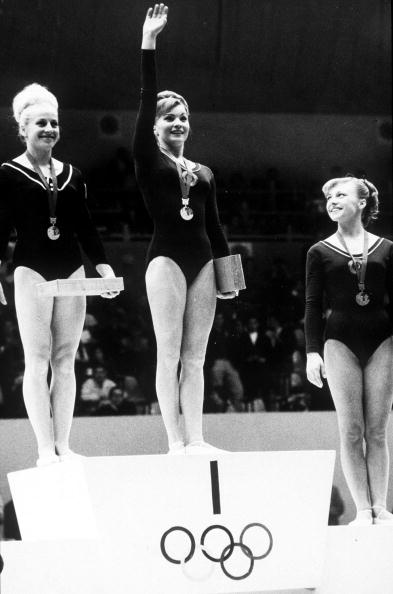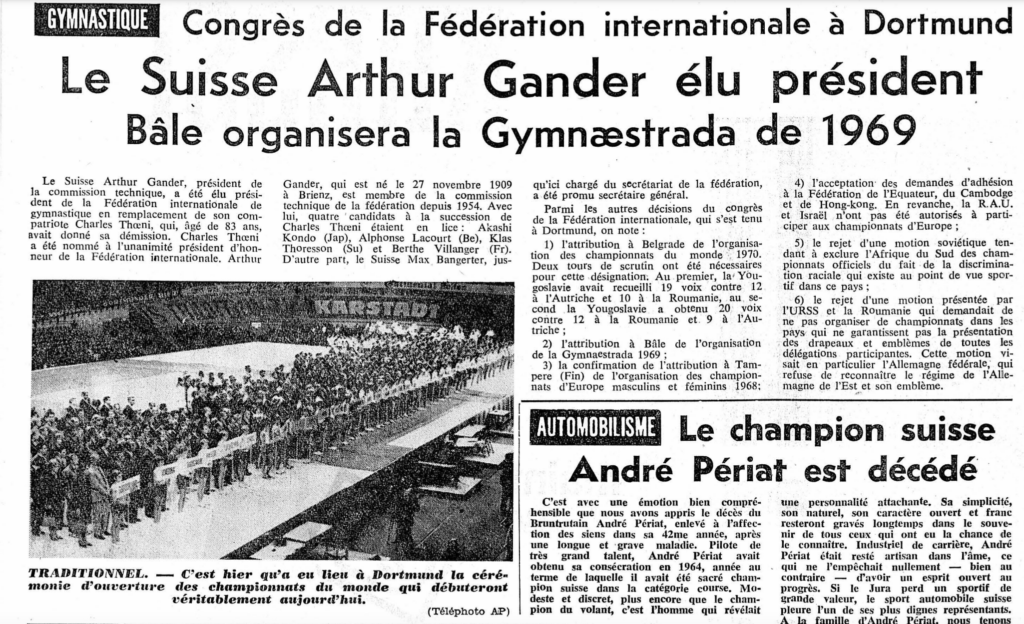While Olga Korbut and Nadia Comăneci are often credited with ushering in the era of teenage gymnasts, that’s not the origin story that circulated in the Soviet Union in the 1960s.
Back story: The Soviet Union had relied on adult women in their 20s and 30s for their gymnastics teams. At the 1958 World Championships, their youngest gymnasts were 21 (Astakhova and Kalinina). Czechoslovakia, on the other hand, brought a teenager who had star power.
Čáslavská’s debut: In 1958, 16-year-old Věra Čáslavská made her international debut, winning a team silver at the World Championships in Moscow. And, as the tale goes, it was in that moment that the Čáslavská piqued the interest of the spectators and Soviet coaches alike.
What follows is a translation of a May 20, 1967 article from Неделя (Nedelia), which was the Sunday supplement to Известия (Izvestii︠a︡). (Thanks to Nico for his assistance with the translation.)

